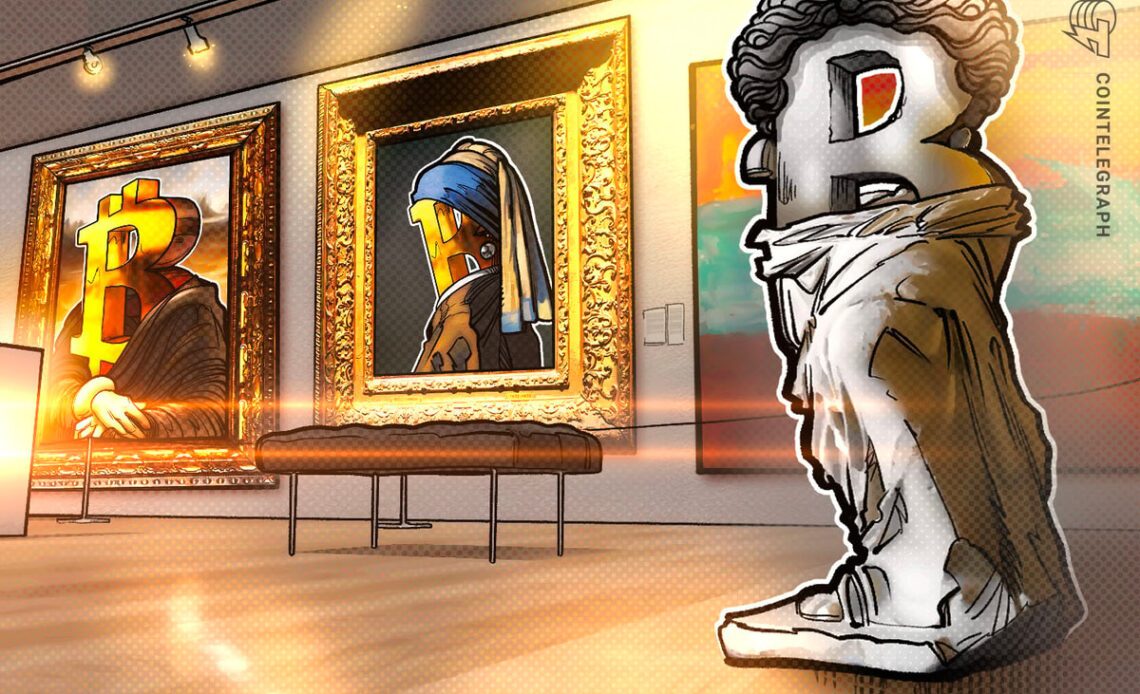Bitcoin nonfungible tokens (NFTs) have captured the crypto world’s attention fast, opening new opportunities for the oldest blockchain and digital art enthusiasts. Since their explosion in 2020, NFTs have been typically minted and traded on Ethereum-based platforms, besides other blockchains, such as Cardano and Solana.
However, a new protocol known as Ordinals was launched in January 2023 by former Bitcoin Core contributor Casey Rodarmor, who exploited the 2021 Bitcoin Taproot upgrade to expand the cryptocurrency capability and enable on-chain Bitcoin-native NFTs.
Taproot offered a way to expand the base layer’s block capability by condensing the size of transactions requiring less data usage and encouraging the use of smart contracts on Bitcoin. The upgrade considerably increases the types of transactions possible on Bitcoin, including decentralized finance (DeFi) and NFT applications.
By February 2023, the world’s largest issuer of NFTs, Yuga Labs, had already announced the creation of TwelveFold, a new NFT collection issued on Bitcoin, thereby endorsing Bitcoin NFTs and avouching their success.
Here’s what you need to know about Bitcoin NFTs, how they differ from the most popular Ethereum-based alternative, and how to create and sell them.
What are Ordinals?
Ordinals are serial numbers imprinted in a single, unique satoshi (sat), the smallest unit of Bitcoin (BTC), through the ordinal theory that assigns them in the order in which they are mined. The first satoshi in the first block has the ordinal number 0, the second has the ordinal number 1, and the last satoshi of the first block has the ordinal number 4,999,999,999.
Colored coins were the first representation of such a concept back in 2012, being crypto assets repurposed to represent something of value by adding metadata information. Counterparty is another attempt to embed data into regular Bitcoin transactions. However, it has its own XCP token, required for some functionality, making it officially like an altcoin and not an extension or second layer for Bitcoin.
The ordinal theory rewards satoshis with numismatic value, allowing them to be collected and traded as rarities. Satoshis are given individual identities to be tracked, transferred and ingrained with meaningful arbitrary data, such as pictures, text or videos, through a Bitcoin transaction that remains permanently part of the blockchain. Such data can be viewed in Ordinals-compatible wallets, such as the Sparrow wallet, and…
Click Here to Read the Full Original Article at Cointelegraph.com News…
